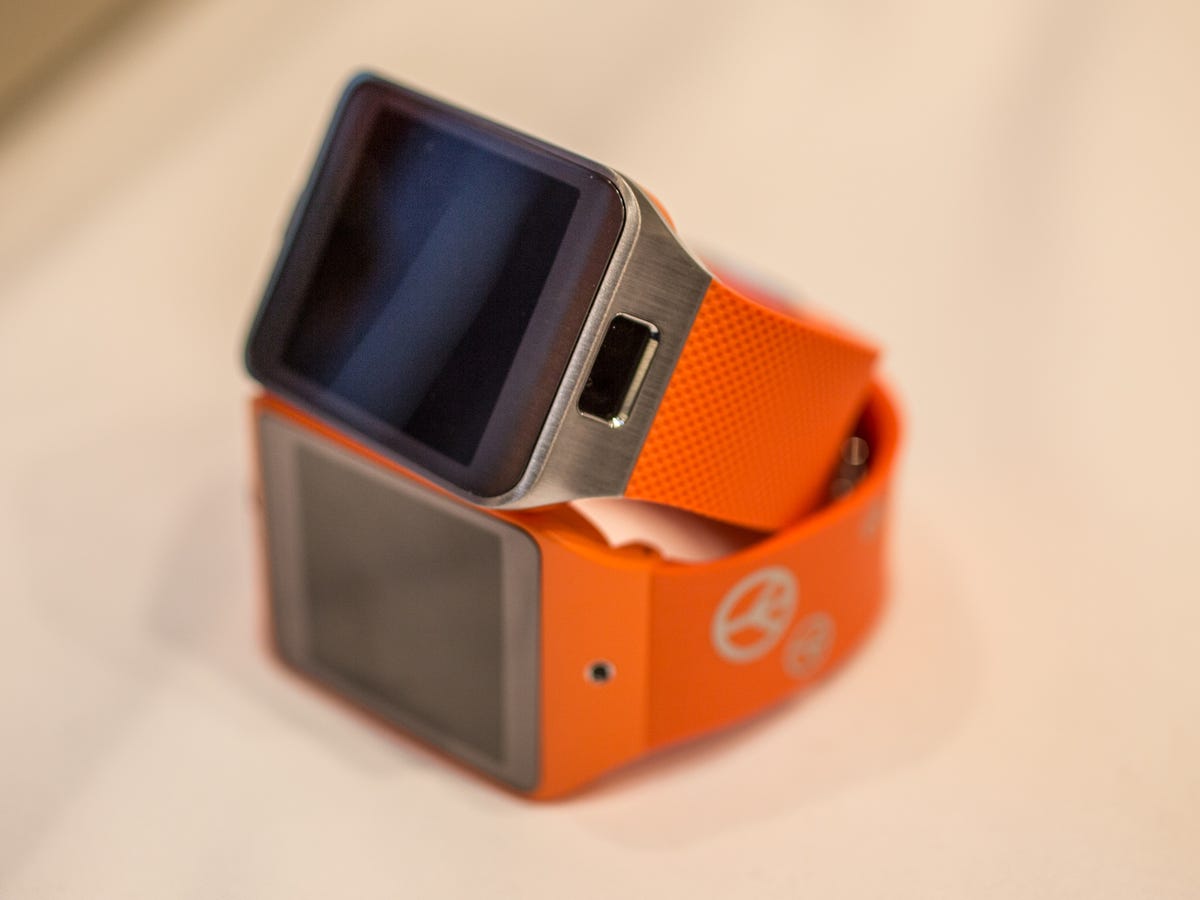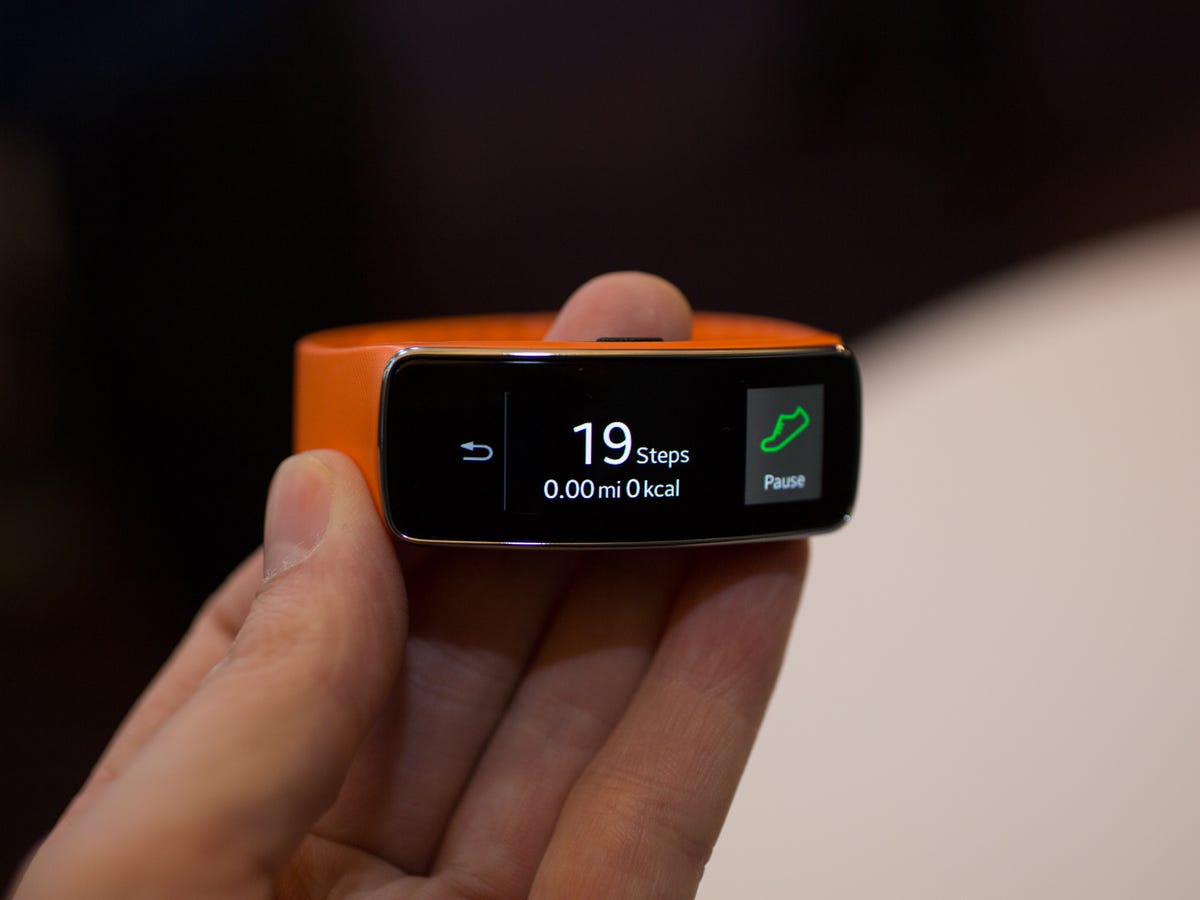You walk into a store. You have $300 in your hand. You can get a Samsung Gear 2 for $299, a Gear 2 Neo for $199, or a Gear Fit for $199.
Do you get: a) the Gear 2? b) the Gear 2 Neo? c) the Gear Fit? d) none of the above?
The Wide World of Wearables has a wide pricing landscape, but when it comes to wristbands it’s coming down to dollars. The prices of Samsung’s new wearables aren’t surprising: the original Galaxy Gear cost $300, and the new version has extra features including a heart rate monitor.
How do these prices play out against other wearables? Let’s check our favorite wearables list and see.


Andrew Hoyle/CNET
Watches: Gear 2 and Gear 2 Neo fit right in
The newest Pebble watch, the Pebble Steel, is $249: more expensive than the Gear 2 Neo and Gear Fit, but less expensive than the Gear 2. It also has fewer features, lacks embedded fitness tracking, and doesn’t have a color screen. The original Pebble is $149. The Gear 2 Neo, at only $50 more, seems like a really good deal.
But, the admittedly cool-looking Gear Fit, which is also basically a watch, is exactly the same price as the Gear 2 Neo. Odd, because the Fit is a more feature-restricted product. You could get the Gear 2 Neo and enjoy everything the Fit offers, plus apps, for the same price.
The Qualcomm Toq debuted at a lofty $349 but has since lowered its price. $299 is acceptable — and $199 is quite reasonable — for a smartwatch. We don’t know what Google’s sexy new Android Wear watches such as the Moto 360 will cost, but they bear watching. For Samsung, it’ll have a big impact.


Andrew Hoyle/CNET
Fitness bands: Gear Fit scraping the upper edge
Now what about the Gear Fit? In the fitness-tracker landscape, $199 is a lot. But you could argue, easily, that the Gear Fit has more than any other band we’ve seen. The $149 Jawbone Up24 and Nike+ FuelBand SE don’t have heart-rate monitoring, advanced notifications, or a color touch screen. The $179 Basis Band, a heart-rate-monitoring health watch, is chiefly fitness-focused and lacks the smartwatch extras. But, you can get pedometers, even ones with stationary heart-rate monitors like the Withings Pulse, for $99 — or even less.
I’d say $199 seems right for the Gear Fit considering all it could possibly do, even if I wish it cost less. But the Gear 2 Neo seems to throw a wrench into the gears, so to speak, of the pricing equation. I’m no longer sure what to get. Obviously, a lot depends on how these devices actually work, and we don’t have review units yet. But it looks like Samsung has created a lot of choices…perhaps one too many.
If anything, these prices seem to make the Gear 2 Neo the most attractive item. What do you think?



